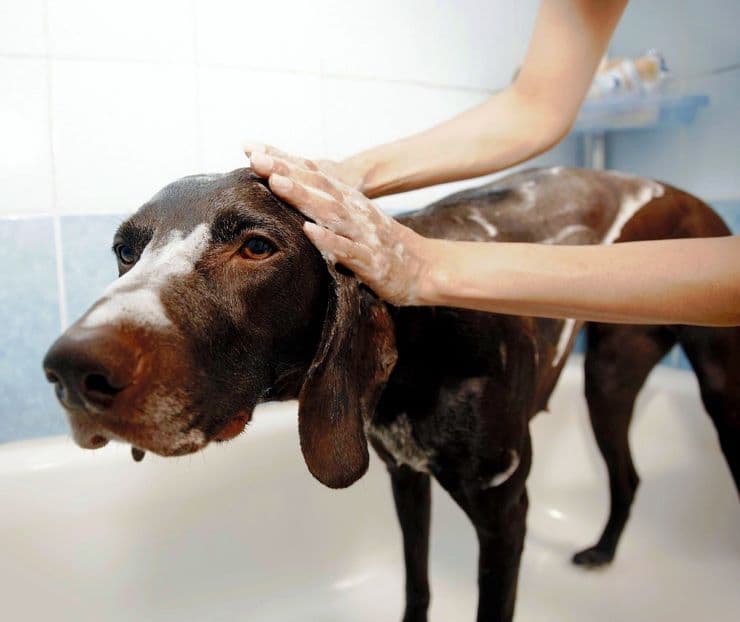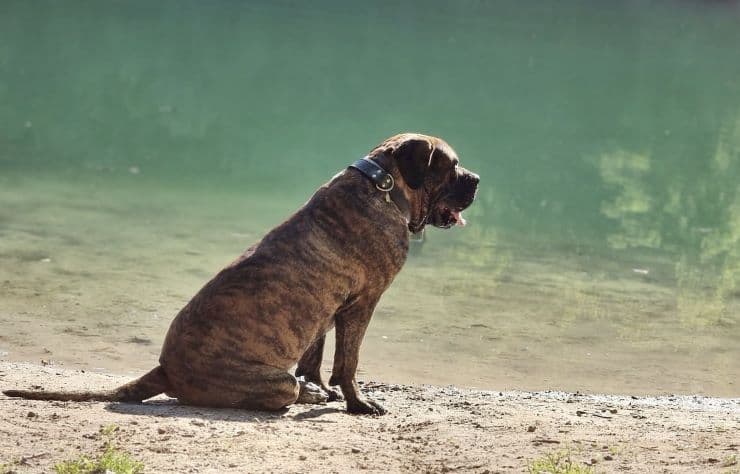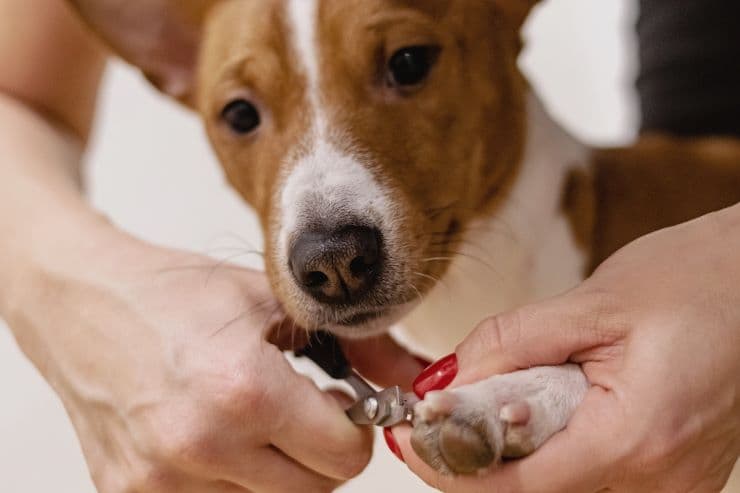Different breeds have varying requirements. For example, low-maintenance grooming dog breeds require minimal grooming, and opting for such a pet can significantly reduce the time and effort spent on grooming. Such a breed is suitable if you have a busy lifestyle or want a more manageable pet care routine.
In the following sections, we explore the characteristics that define low-maintenance grooming, identify specific dog breeds that fit this category, and provide practical grooming tips.

Photo Credit: oritslama/Pixabay
Characteristics of Low Maintenance Grooming Dog Breeds
These breeds typically require less frequent grooming practices like brushing and bathing than high-maintenance dogs. The following are some of the considerations to know if your pet is a low-maintenance breed:
Coat Type
Low-maintenance breeds often have coats that are easy to care for, requiring only occasional brushing to keep them clean and tidy. As such, dogs with short, smooth coats tend to be low maintenance because they shed less and do not require regular haircuts. The Presa Canario stands out among breeds that exemplify low grooming needs. Its short, easy-to-care-for coat requires minimal grooming.
While it sheds, the grooming routine to take care of your Presa properly is significantly less demanding than that of many other breeds. On the other hand, dogs with long, curly, or thick coats often require more frequent grooming to prevent matting and remove loose hair.
On top of that, breeds with a single layer of fur instead of a double coat shed less and, therefore, need less brushing. Examples include the Whippet and the Italian Greyhound.
Size
Smaller breeds are generally easier to bathe and brush. However, size alone does not determine grooming needs, as some small dog breeds may have long or dense coats that require significant upkeep.
Breed-Specific Health Considerations
Certain breeds have specific health considerations that can affect their grooming needs. For example, breeds prone to skin issues may require special care to maintain skin health, but this does not necessarily mean they are high maintenance in terms of grooming. Conversely, breeds with minimal health issues related to their skin and coat may be easier to groom.
Grooming Tips for Low-Maintenance Breeds
Here are practical grooming tips to ensure your low-maintenance breed remains in top condition. If grooming is difficult or you don't have time to keep up with the routine, consider visiting a professional groomer.
The groomer can competently take care of all your dog's grooming requirements, including nail care, ear cleaning, and dental care, to keep your dog looking and feeling their best.
Brushing
Regular brushing is necessary for breeds that require little upkeep to remove loose fur, debris, and grime. Brush short-haired breeds once a week using a grooming mitt or soft bristle brush. It keeps the coat healthy and lustrous by invigorating the skin and facilitating the distribution of natural oils throughout it. Another benefit of brushing is Checking for any skin anomalies, such as lumps, bumps, or parasites.
Bathing
Low-maintenance breeds don't need to be washed frequently, and regular washing might deplete the natural oils in their coat and cause dry skin. Consequently, taking a bath every two to three months or whenever your dog is unclean or odorous is usually plenty. To prevent skin irritation, use a light dog shampoo, and make sure to rinse well to avoid leaving behind any residue. After washing your dog, gently pat dry their coat with a towel and, if required, use a hairdryer set to a low, cool setting.
Trimming of Nails
Trimming your dog's nails regularly is essential to prevent discomfort and other health issues. Overgrown nails can cause pain and, in severe cases, lead to problems walking or infections. Trimming nails every 1-2 months is often enough for these breeds. When their nails start clicking on the floor, it's time for a trim.
Use a specially designed dog nail clipper, and be careful not to cut into the quick, which can cause bleeding and pain.
Ear Care
Checking and cleaning your dog’s ears should be part of your regular grooming routine to prevent infections, especially in breeds with floppy ears. Use a damp cloth or a vet-recommended ear cleaner to gently wipe the outer ear, avoiding deep insertion into the ear canal. If you notice an odor, excessive wax, or signs of discomfort in your dog’s ears, consult a veterinarian. For expert care, you can visit a vet in Laguna Niguel, CA to ensure your dog's ear health is properly maintained.
Dental Care
Maintaining oral health in your dog is crucial for preventing gum disease, which can lead to more health issues if left unchecked. Hence, brush your dog’s teeth several times a week with dog-specific toothpaste and provide dental chews and toys to help reduce tartar build-up.
Final Thoughts
A low-maintenance dog breed comes with easier grooming routines, ideal for individuals with busy lifestyles. Although regular grooming practices such as brushing, bathing, nail trimming, and ear and dental care are essential, approach them with moderation to avoid common pitfalls like overbathing.
On top of that, use pet-specific products to prevent skin irritation and to keep an eye out for any health issues during grooming sessions.
You may also like: How To Groom a Black Russian Terrier Correctly?


Leave a Reply